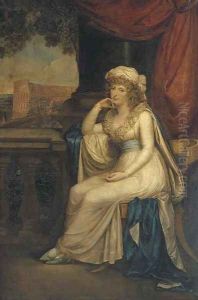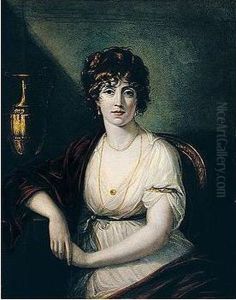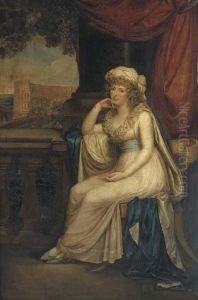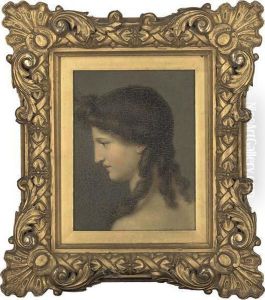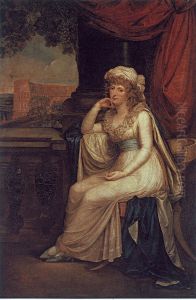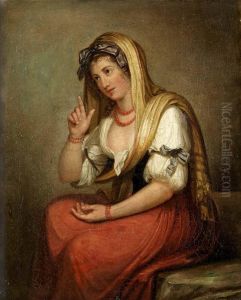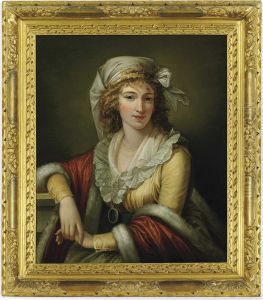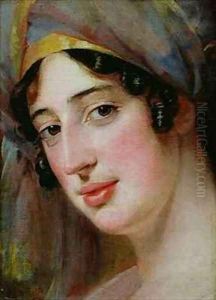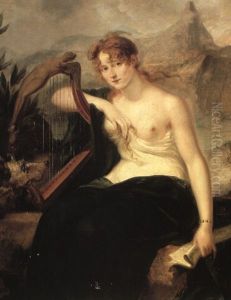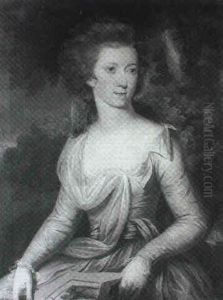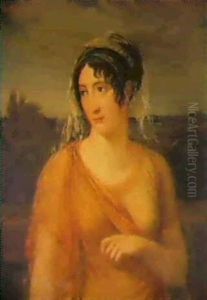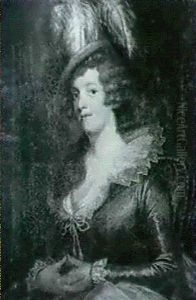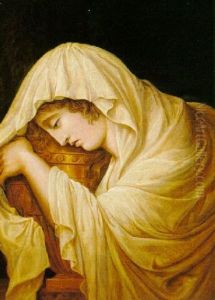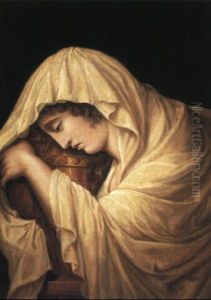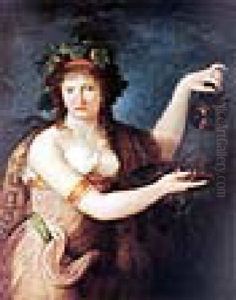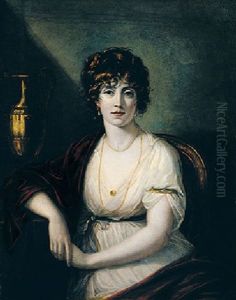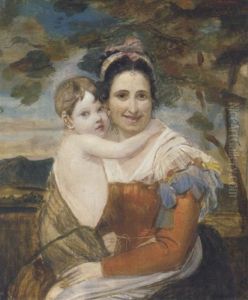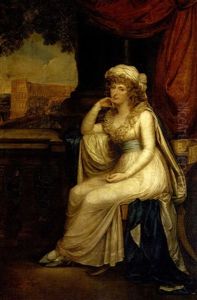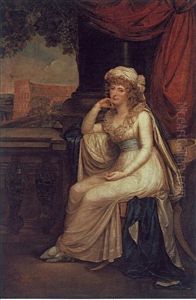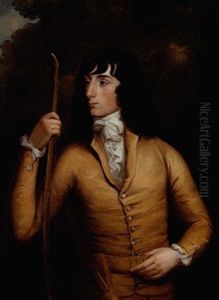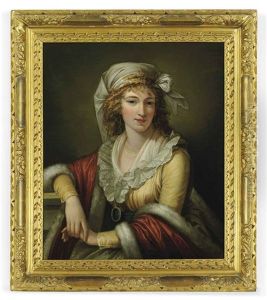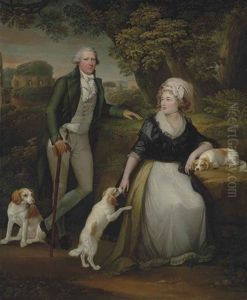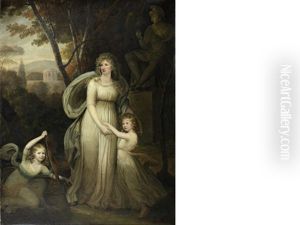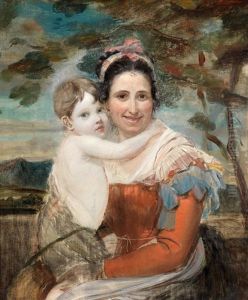Robert Fagan Paintings
Robert Fagan was a British painter, diplomat, and archaeologist, known for his contributions to the neoclassical movement and for his work in Italy during the late 18th and early 19th centuries. Born in London to Irish parents in 1761, Fagan's early life and education remain somewhat obscure, but he is believed to have received artistic training before moving to Italy.
Fagan's move to Italy was pivotal in his development as an artist. He settled in Rome, which was a vibrant center for neoclassical art and culture, attracting artists from all over Europe. In Rome, Fagan was able to study ancient art and architecture firsthand, which greatly influenced his work. He became known for his portrait paintings and his depictions of Italian landscapes, as well as his scenes from ancient history and mythology.
In addition to painting, Fagan had a keen interest in archaeology and participated in excavations. His archaeological work included some influential finds, and he contributed to the growing knowledge of ancient Roman and Greek cultures. His dual role as an artist and archaeologist gave him a unique perspective and enriched his artistic output with a sense of historical authenticity.
Fagan's talents extended beyond the arts. He was also involved in diplomatic services, which led him to become the British consul to Sicily and later to the Italian region of Calabria. His diplomatic position provided him further opportunities to engage with cultural and artistic circles, and he used his role to support British interests in the Mediterranean during a turbulent period marked by the Napoleonic Wars.
Tragically, Fagan's life ended in misfortune. He faced financial difficulties later in life, which caused him great stress. In 1816, at the age of 55, Robert Fagan died in Rome under mysterious circumstances that some sources suggest was suicide precipitated by his financial woes. Despite the sad end to his life, Fagan left behind a legacy of artistic and archaeological contributions that continue to be appreciated for their reflection of neoclassical ideals and their documentation of early 19th-century Italian culture.
